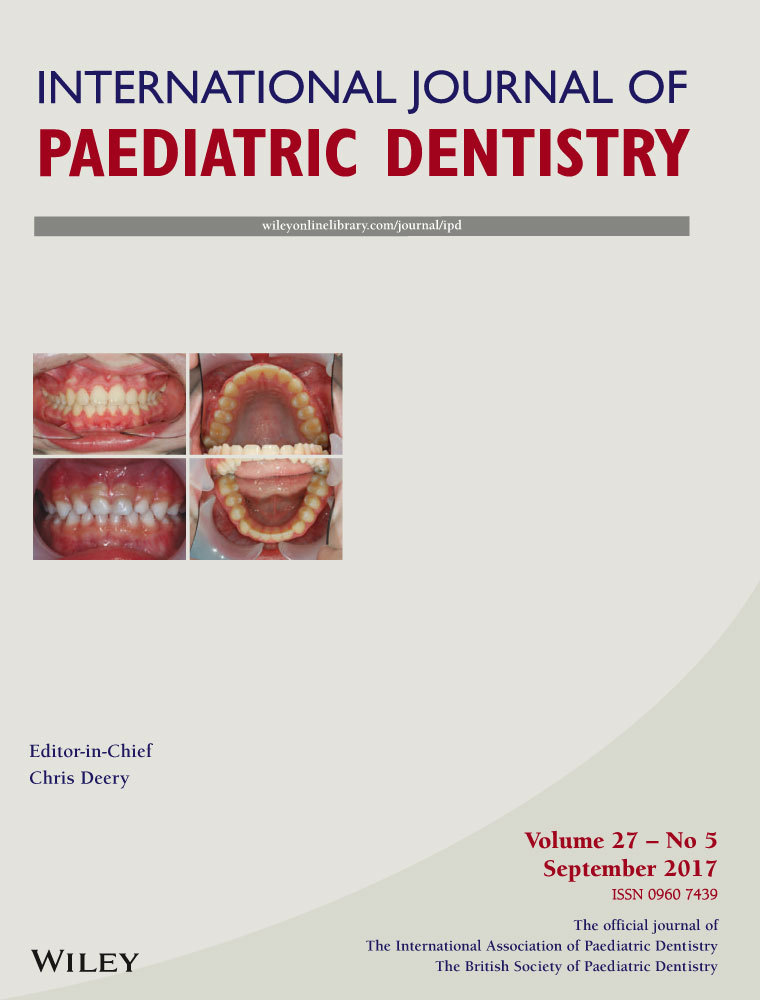Remineralizing potential of a 60-s in vitro application of Tooth Mousse Plus
Abstract
Background
No published studies exist on the remineralizing potential of Tooth Mousse Plus® (TMP) when applied for less than 3 min.
Aim
To evaluate (i) the remineralizing potential of TMP on artificial carious lesions, when applied thrice daily for 60 s, and (ii) the benefit of using a fluoridated dentifrice prior to TMP application.
Design
Carious lesions, 120–200 μm deep, were produced by placing molars in demineralizing solution for 96 h, and sections 100–150 μm thick were then randomly assigned to four groups. Specimens were treated thrice daily with a non-fluoridated (Group A), or 1000 ppm F dentifrice (Group B), or TMP (Group C), or a 1000 ppm F dentifrice followed by TMP application (Group D), and then subjected to a 10-day pH cycling model. Lesion evaluation involved polarizing light microscopy and microradiography.
Results
Post-treatment maximum mineral content at the surface zone (Vmax) was significantly increased and lesion depth (LD) significantly decreased in Group C, while only the Vmax increased in Group D. Increase in LD was observed in Group B; however, no significant differences were noted in percentage LD changes between groups B, C, and D (P > 0.05).
Conclusions
TMP applied for 60 s significantly remineralized the artificial carious lesions. No additional benefit was evident when TMP was preceded by treatment with 1000 ppm F dentifrice.




